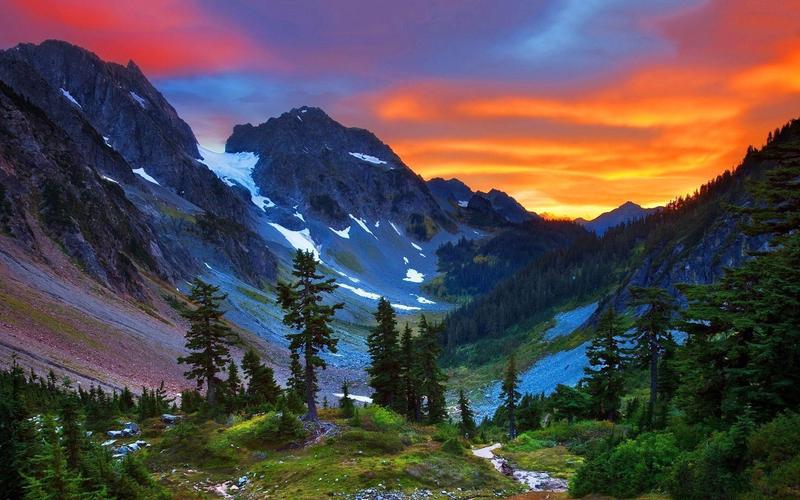Introduction
Travel guides and videos are a great way to explore new destinations and experience different cultures. For many travelers, guide videos are an essential part of their pre-travel research and planning. Guide videos have come a long way over the years, and today, we will explore the art of travel guide filming. How do they do it? What techniques do they use to capture breathtaking shots? We’ll delve into these questions and more in this article.
Capturing Breathtaking Shots
The art of travel guide filming lies in capturing breathtaking shots that transport the viewer to the destination. Filmmakers often employ a range of techniques to achieve this, such as aerial shots, time-lapse photography, and slow motion. One of the most important elements in shooting travel guides is lighting. Natural light is the best source, and filmmakers carefully plan their shots around the golden hour, when the light is soft and warm.
Using Appropriate Camera Equipment
Professional travel guide videos require the use of appropriate camera equipment. Filmmakers often use high-end cameras, such as the Sony A7S or the Canon 5D Mark IV, which enable them to capture the finest details and the best quality footage. They also use specialized lenses like wide-angle, fisheye and telephoto lenses to capture different perspectives of the destination from various angles. Filmmakers also use stabilizers, gimbals, and drones to stabilize footage, capture smooth motion, and achieve unique shots.
Research and Planning
Before filming a travel guide video, filmmakers conduct comprehensive research and planning. They scout the location beforehand, looking for the best shots and angles while considering factors such as weather, lighting, and accessibility. They also create a storyboard and shot list, highlighting the critical shots needed to make an engaging and informative video. Additionally, they research the local culture and history, and this helps them to create a compelling narrative that resonates with the viewer.
Post-Production and Editing
Post-production is as important as filming when it comes to professional travel guide videos. Filmmakers spend considerable time and effort editing footage, color grading, and adding sound effects, transitions, and music. A well-edited video can often elevate a destination’s attractiveness and intrigue viewers. They also include voiceovers and captions to provide additional information to the viewer and create a narrative that engages the viewer throughout the video.
Conclusion
The art of travel guide filming is a complex process, requiring significant research, planning, and expertise. Filmmakers must capture breathtaking shots, use appropriate camera equipment, and conduct comprehensive research into the location’s culture and history. They also undertake extensive post-production and editing to create a compelling, informative, and engaging video. With these techniques, filmmakers can create videos that transport viewers to new destinations around the world and inspire them to explore further.
(Note: Do you have knowledge or insights to share? Unlock new opportunities and expand your reach by joining our authors team. Click Registration to join us and share your expertise with our readers.)
